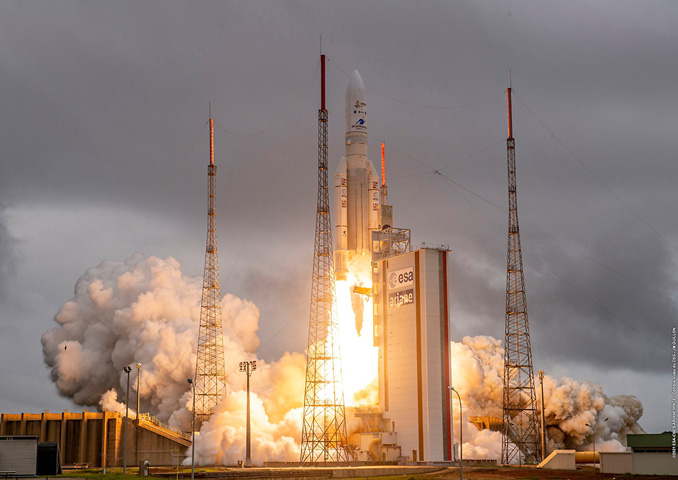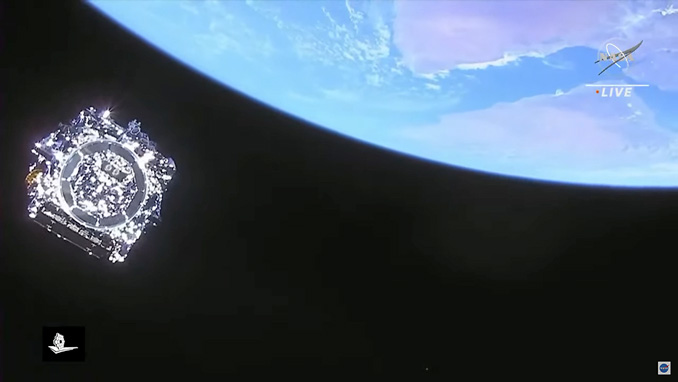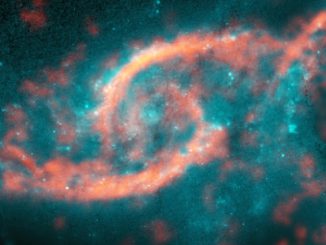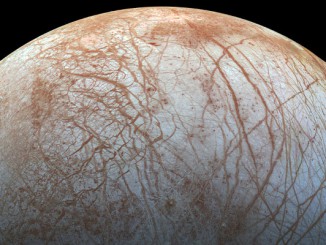
A powerful European Ariane 5 rocket boosted NASA’s $10 billion James Webb Space Telescope into space on Christmas Day, kicking off a $10 billion attempt to capture light from the first galaxies to form in the aftermath of the Big Bang.
The hoped-for “deep field” images — baby pictures of the cosmos — are expected to shed light on the formation and evolution of galaxies, the supermassive black holes at their hearts and the life cycles of stars, from birth to the supernova blasts that seed space with heavy elements.
Webb also will study the atmospheres of nearby exoplanets to characterise their habitability and provide close-up views of planets, moons, asteroids and comets in Earth’s solar system from Mars outward.
It all began at 1220 UTC on Saturday 25 December when the Arianespace rocket, provided as part of the European Space Agency’s contribution to the project, roared to life and climbed away from its Kourou, French Guiana, launch site on the northeastern coast of South America.
Launch came six days later than planned because of trouble with ground equipment and stormy weather. But it was clear sailing Christmas Day and 27 minutes after liftoff, Webb was released to fly on its own.
The telescope’s single solar panel unfolded and locked in place moments after separation to begin charging the observatory’s batteries. Twelve hours later, Webb’s main thruster fired for 65 minutes to fine-tune the trajectory.
The telescope is bound for Lagrange Point 2 some 1.5 kilometres (932,000 miles) from Earth where it will orbit the Sun in gravitational lockstep with Earth. At L2, Webb will be able to take advantage of a gravitationally stable parking spot requiring minimal fuel to maintain its position.

It also will keep Earth between the telescope and the Sun, allowing Webb’s still-stowed five-layer sunshade to block out the light and heat that otherwise would overwhelm its sensitive infrared sensors, lowering the observatory’s temperature to less than 60 degrees above absolute zero.
It will take Webb a month to reach L2. Over the next two weeks, flight controllers will uplink commands to deploy its complex sunshade, secondary mirror and two wings of it’s segmented primary mirror to complete one of the most complex – and risky – deployment sequences in the history of spaceflight.
“This was such a great moment on Christmas Day,” said Josef Aschbacher, director general of the European Space Agency. “The whole world has been watching this, and I’m very happy to say that team Europe has delivered. We have delivered the spacecraft very precisely into orbit.”
Said NASA Administrator Bill Nelson: “This is a great day, not only for America, for our European and Canadian partners, but it’s a great day for planet Earth.”
Webb, he said, is a “time machine, it’s going to take us back to the very beginnings of the universe. We are going to discover incredible things we never imagined.”



